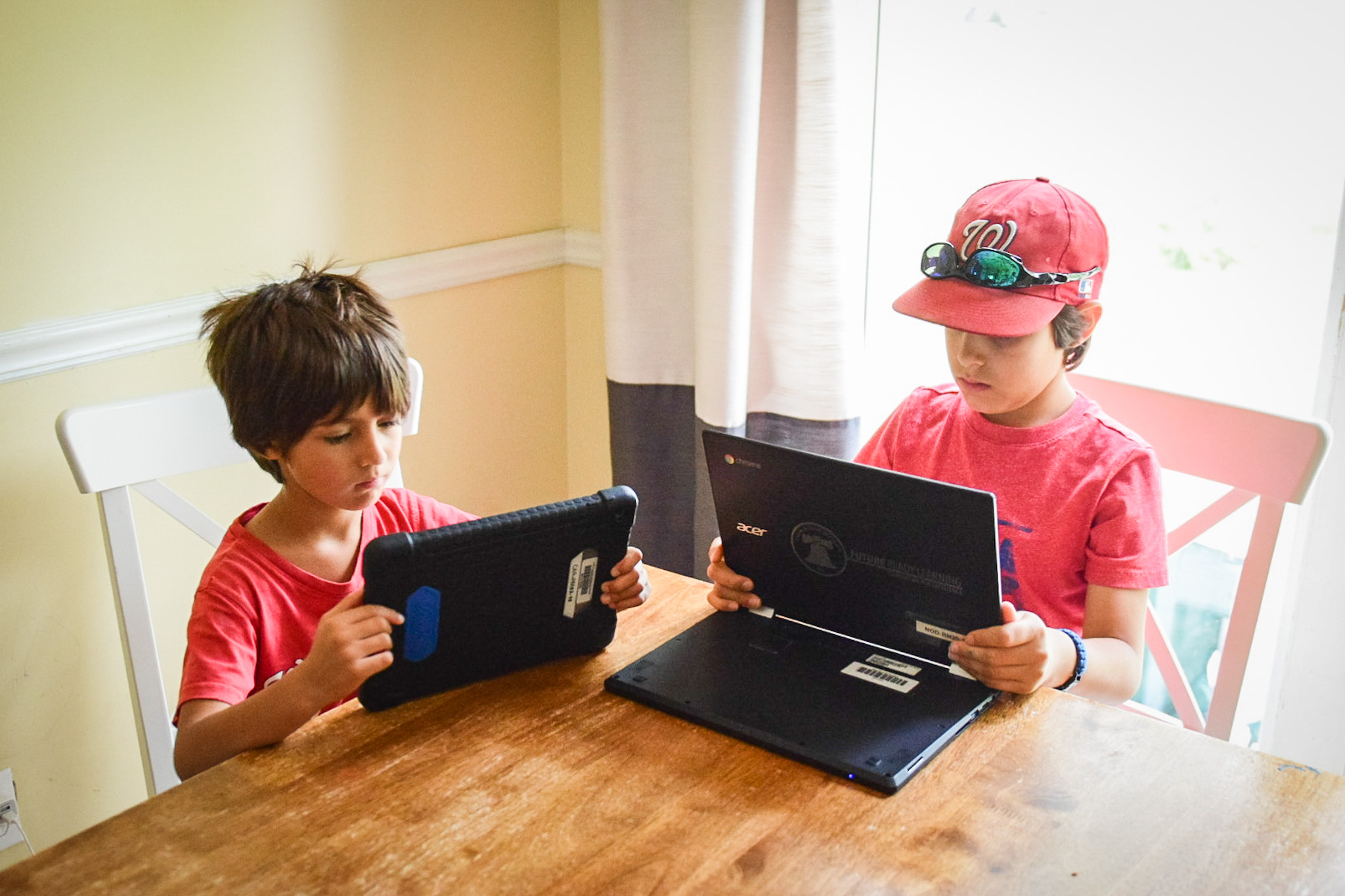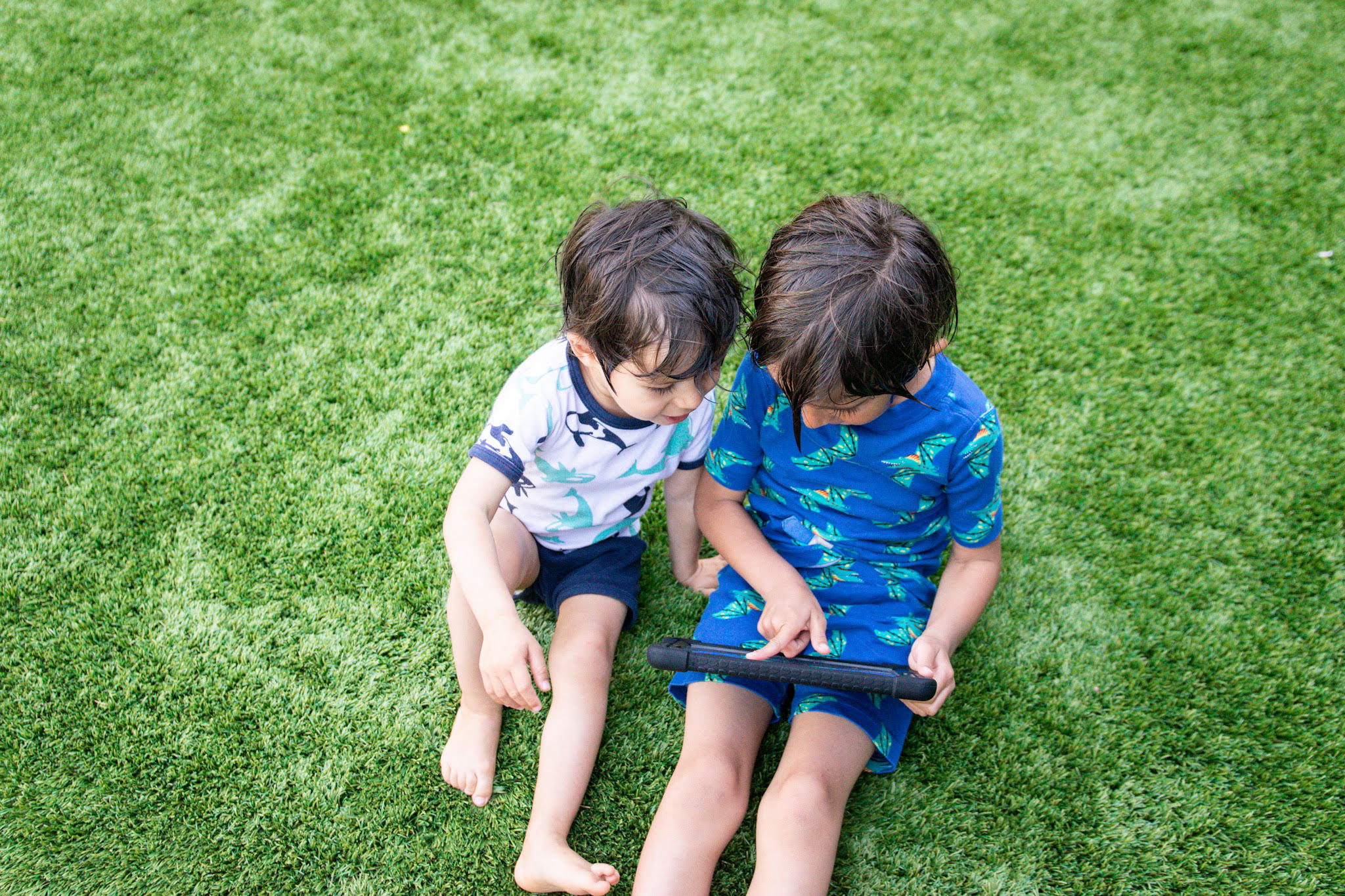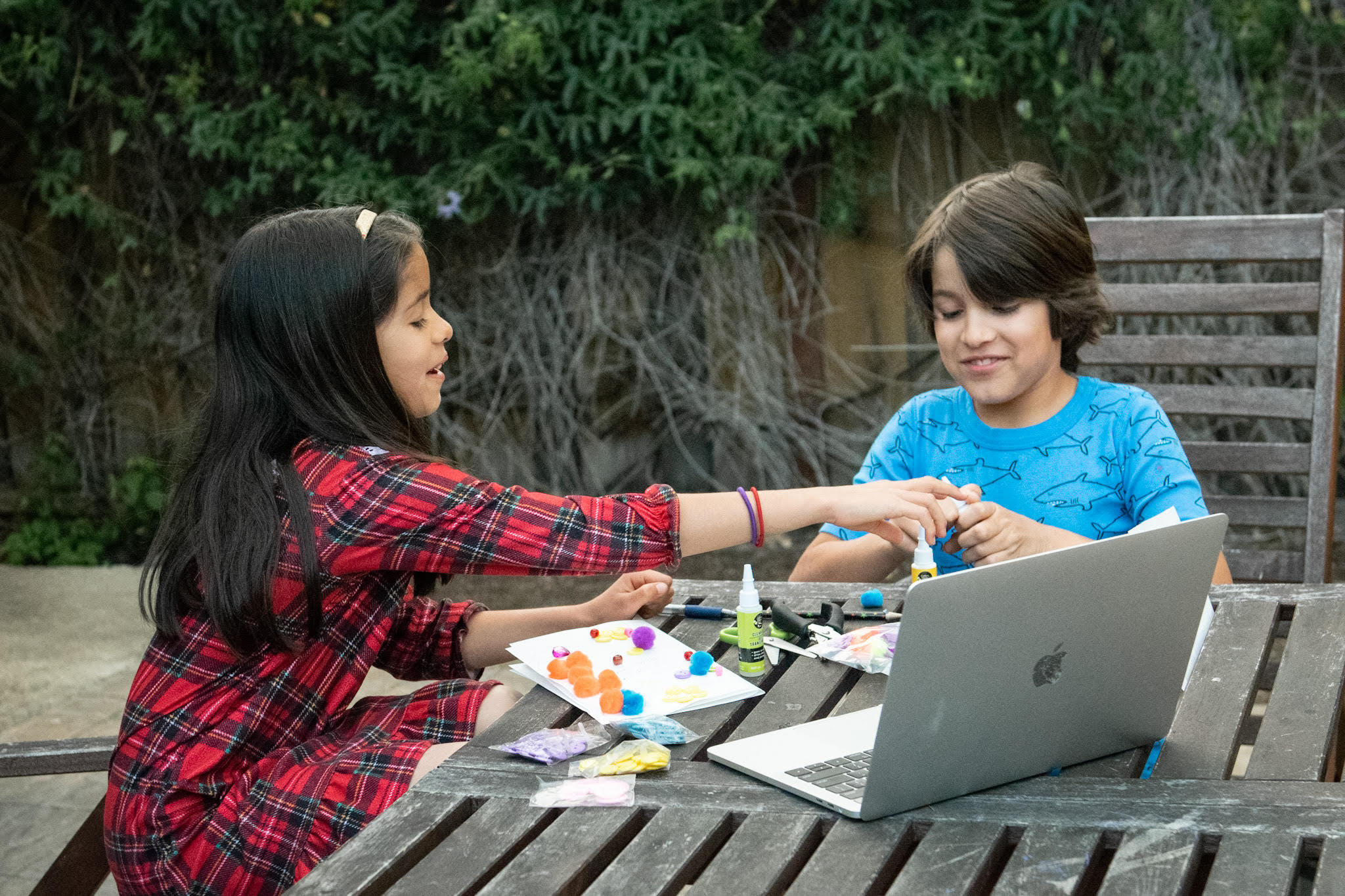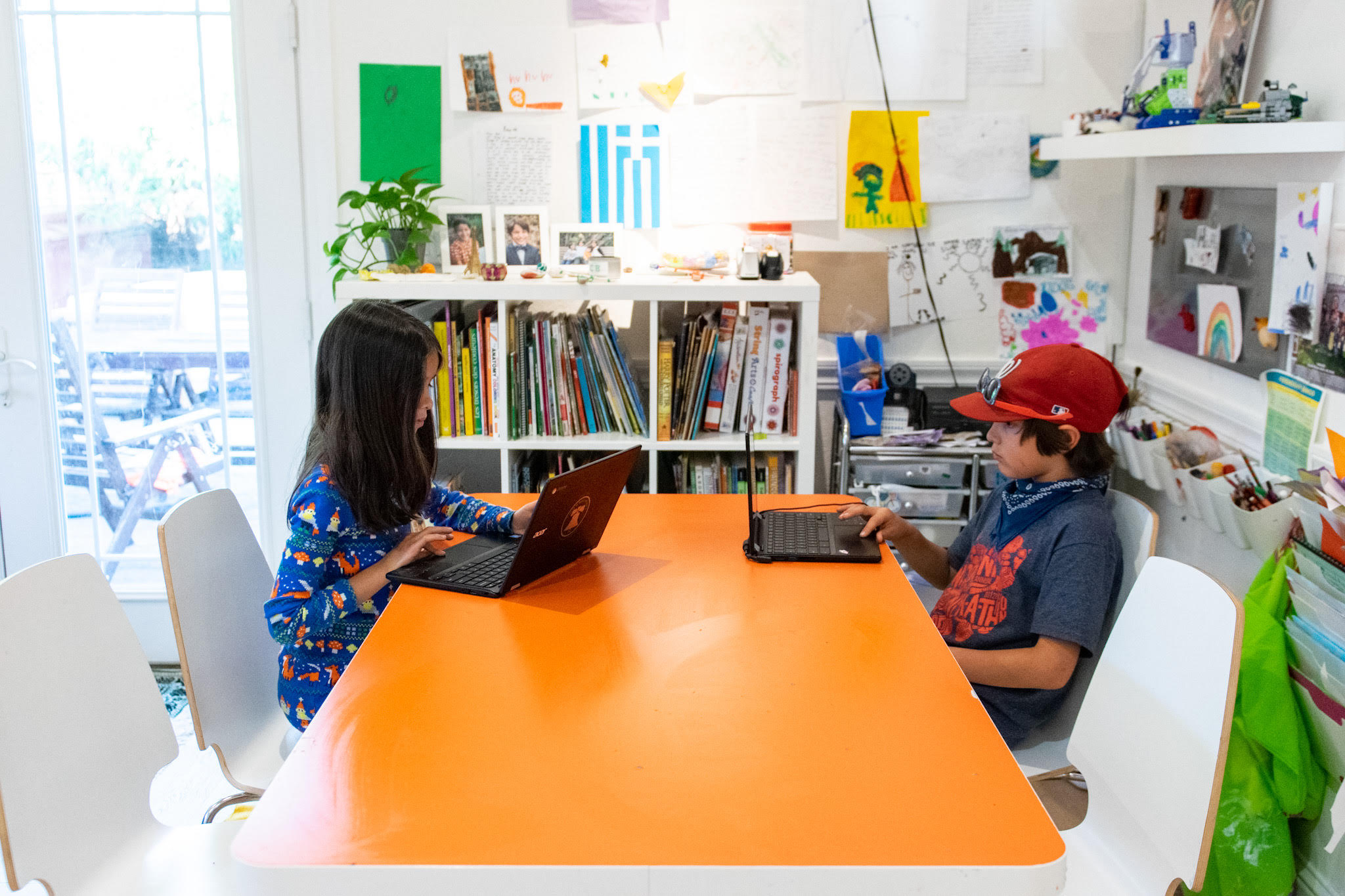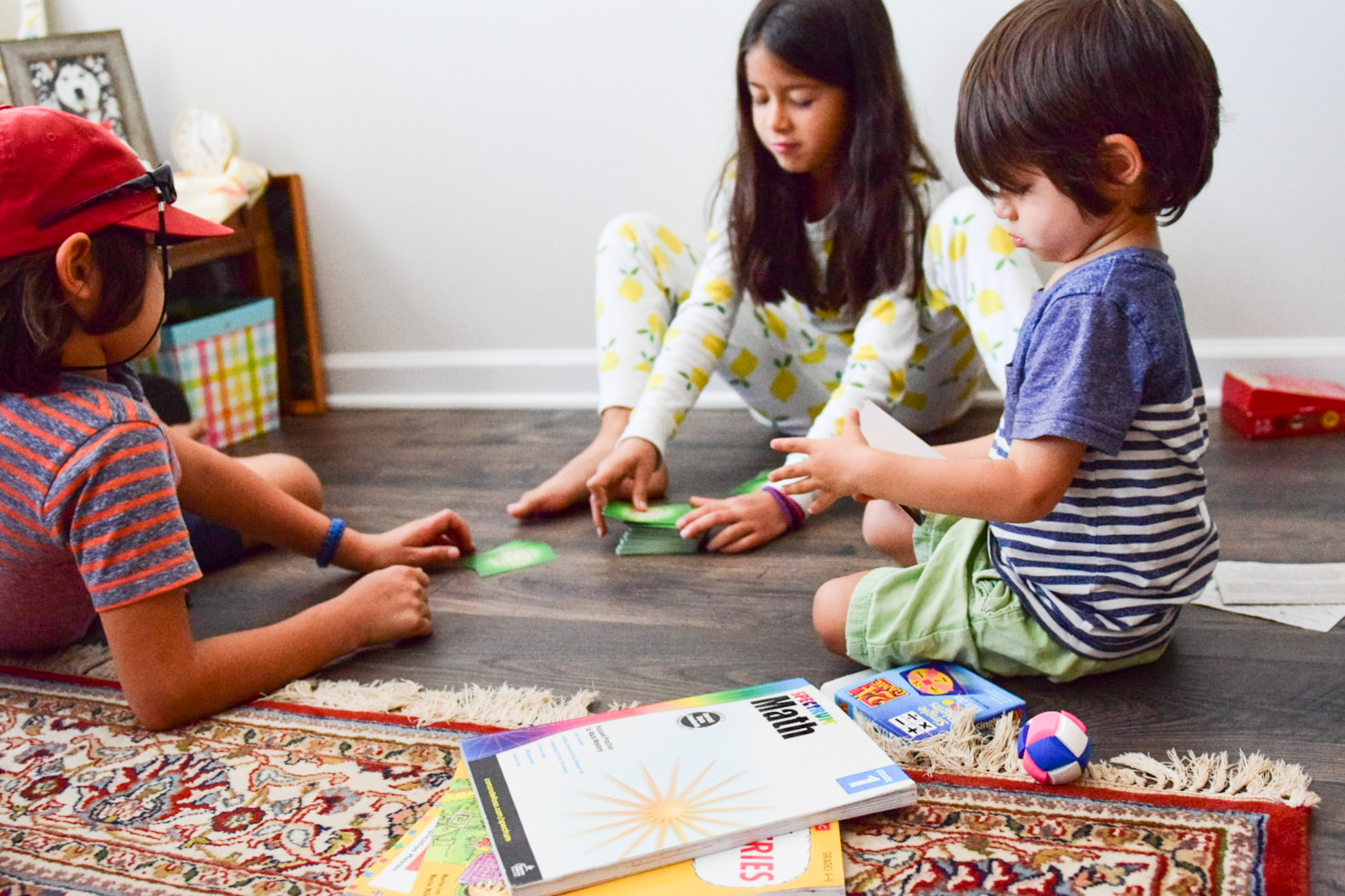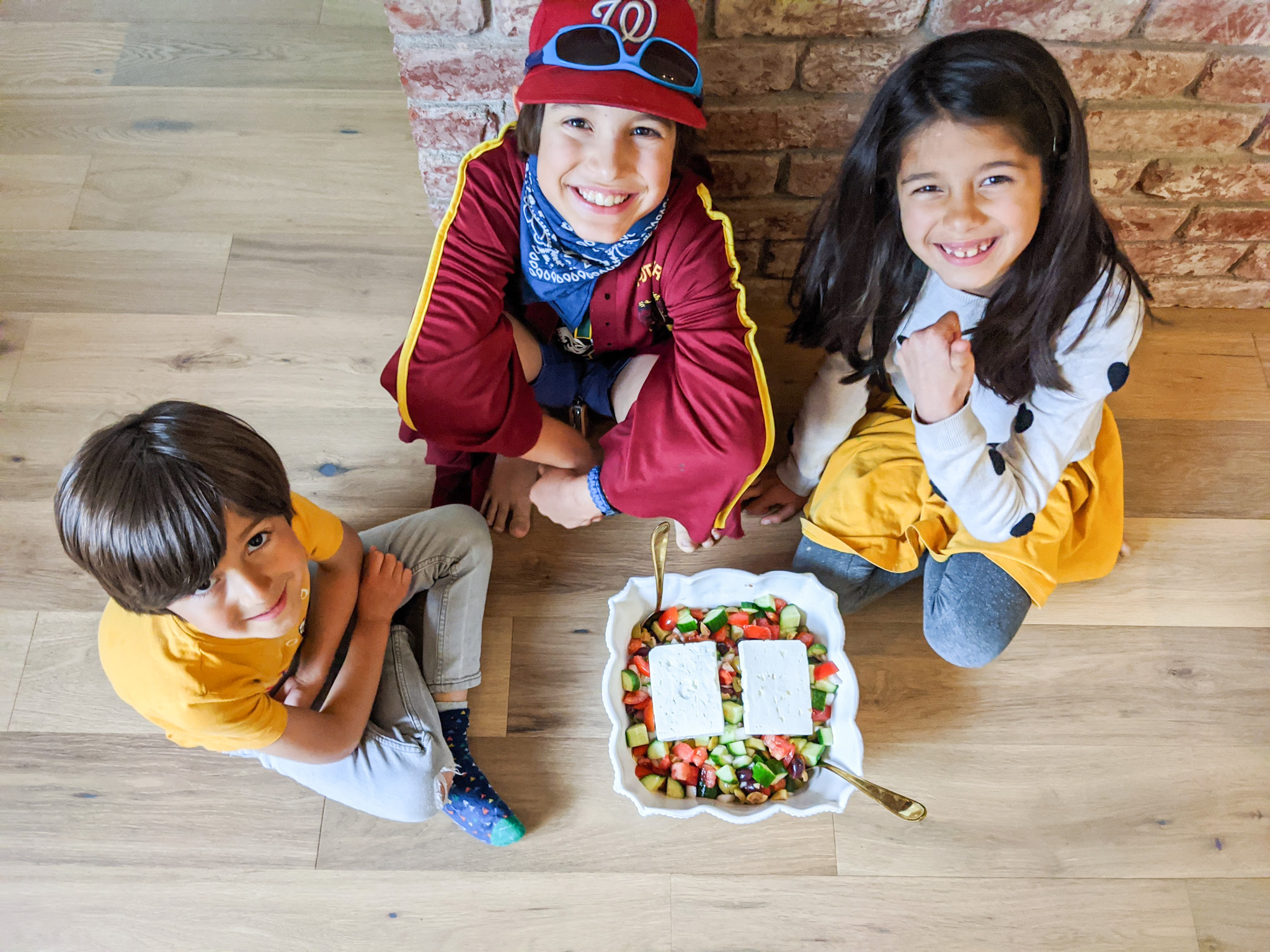Last year, as many of us were thrown into distance learning, it felt pretty overwhelming and sudden. We, at least, had no idea what we were doing or how long it would last. We didn’t have any distance learning tips to help us navigate a new situation that none of us anticipated.
Planning for Distance Learning
This year, however, feels a bit different. We had an entire summer of knowing that things would likely look different than normal. Even if schools did resume in person, most districts seemed to recognize that there would be certain changes, and most planned for the possibility of doing at least a bit of virtual learning over the course of the year.
It’s amazing what a little planning and preparation time can do for helping things run so much more smoothly! So many schools really took some distance learning tips to heart to create a much more robust experience.
Most of my friends who have kids who have started distance learning have reported that things are off to a generally good start. Teachers are working so hard to make sure kids feel included and connected, but it seems most are being flexible and understanding of different family situations.
Choosing to Make Distance Learning Work for Our Family
We spent a lot of time debating on how to make distance learning work for our family. When we received guidance from the school district, it seemed like a LOT – 4-5 calls per day, per child. We’d all but decided to unenroll our older 2 kids (entering 4th grade and 2nd grade). We decided to keep our rising kindergartener enrolled since he had the same teacher our older two had, and we knew she’d be willing to work with us.
Still, we decided to give it a week or two to see how things progressed, and to see if we could work something out with the school. Since several grades at our school are full, there was no guarantee we’d get to return if we unenrolled. Since we generally love our school in normal times, we wanted to keep their spots if at all possible.
How We’re Managing Distance Learning
It turns out the principal and teachers were enormously understanding. They recognized that we have multiple children in school and that it was going to be overwhelming to manage that many calls. They also knew that our kids are very advanced academically, so they were willing to grant us flexibility.
For now, they’re allowing us to join just one Zoom call per day for attendance purposes. They’re also allowing us to work on our own curriculum. Because our kids have been academically advanced for several years, we’ve had to work with their teachers to find ways to challenge them, which has been tricky and only moderately successful. This felt like a great opportunity to challenge them further.
My oldest’s teacher already knew him (he had her last year, and she looped up to the next grade), so she felt very comfortable with his capabilities. My 2nd kiddo (entering 2nd grade) had already done several assessments for her 1st grade teacher (and was in a 1st/2nd combo class last year), so her teacher also felt comfortable with the info she had. And my rising kinder kiddo did several reading assessments to show that he’s already a reasonably fluent reader.
With all that, we were able to work with our school to show them our proposed homeschool curriculum, and they were supportive of us doing our own work. This means that we won’t receive assessments or progress reports, but we were fine with that. It’s definitely not something that would work for every family or school, but I’m grateful it’s a possibility for us for now. And I hope the distance learning tips I’ll share below will be helpful regardless of your schooling situation.
What We Learned From Distance Learning
That said, we still do have an aspect of distance learning that we’ll need to continue. So I’m thinking carefully about what we learned in the spring, as well as my experience teaching virtual violin lessons. Here are my best distance learning tips to hopefully make schooling go relatively smoothly!
This post with our best distance learning tips contains affiliate links, but all opinions are 100% my own. That means I earn a small commission if you purchase through my link, but doesn’t change your price.
Our Best Distance Learning Tips
1) Take it slowly.
Distance learning is not the time to rush through concepts. It’s easy for kiddos to feel lost, either because they truly don’t understand the concepts or because they got distracted on the Zoom explanation. Check in with your child, make sure they’re following along, and advocate for them if they need a concept explained again.
2) Spend time off screens, go outside, and move your body.
We made it a big priority to spend lots of time outside during the spring distance learning, and it was one of the best things we could’ve done. You know that old saying, “there’s no such thing as bad weather, just bad clothing”? It’s totally true with kids! I find they generally are willing to go outside – and enjoy it! – during pretty much any weather if they have the right clothing so they’re not hot/cold/wet/sweaty/etc.
And truly, that outside time with lots of movement made the Zoom periods go so much more smoothly. We ALL feel better when we move our bodies. We tried to do a family hike at least once a week. But if that doesn’t work for you, here’s a huge list of outdoor activities for kids, most of which you can do in your own backyard or nearby park.
3) Make a general schedule, but don’t be beholden to it.
You manage the schedule; the schedule doesn’t manage you. Still, having one made it easier for everyone to get on the same page for what needed to happen. Our kids have their daily family economy charts, and I created another simple homeschool schedule with the different responsibilities from school as well as for our home learning.
We printed out schedules and stuck them on the wall so everyone knew when would be our half our block to learn about the world with our global children’s book club. And the kids had reminders for what day to do typing or science or coding. And this is something that’s great for distance learning tips or for homeschool tips. We didn’t always stick to our home learning schedule perfectly (in fact, I don’t think we EVER stuck to it perfectly), but it was a good guideline for us to follow.
4) Use interest-based learning.
One of the great things about learning at home is that you don’t have a whole classroom full of kids with all different interests. There’s a bit more time to explore things that your kids are interested in, and that YOU are interested in.
Have a kid who loves rocks? Break open some geodes. Wanna learn about space? This space experiment kit looks super fun. Have an art lover? This paint by gem diamond set is creative and pretty.
5) Eat well.
While at home, it’s so easy to get in the habit of grazing and snacking on junk. We tried to limit the amount of junk food that came into the house so it was easier to eat in a way that was healthful for our bodies and supported learning and good behavior.
We also had set eating times so we weren’t constantly snacking. While our kids could always get fruit for snacks, we generally had breakfast, lunch, afternoon snack, and dinner, without a ton of grazing in between.
Here are some other healthy eating tips for kids!
6) Enforce quiet time.
Distance learning or homeschool can feel really all-encompassing. You could literally be teaching or helping kids ALL DAY LONG. But especially as an introvert, it’s really important for me to have some dedicated quiet time each day. Otherwise I go nuts. Our kids do at least 2 hours of quiet time every day – 30-60 minutes of reading, and the rest can be spent reading, playing with quiet toys, playing outside, doing a craft, etc.
We’ve had to work up to them entertaining themselves for long periods, but it is SO. WORTH. IT. They started small and worked up. This also made schooling and work feel much more sustainable for me.
7) Have a gathering time that isn’t about school.
It’s easy to let the entire focus become school. And it’s easy for your relationship with your kids to become all about work! But it’s so important to still have a relationship outside of schoolwork. It’s important to still have fun, and to connect about things that aren’t related to learning.
I wasn’t great at this – it’s easy for me to become funnel-visioned about work – but I’m committed to doing better this year.
8) Build in incentives.
Not bribes, but incentives. Help your kids see that when they do their work and are self-motivated, they reap benefits. For our kids, they learned that if they focused on doing a great job on their schoolwork early in the day, they’d have lots of time to build random things out of cardboard in the backyard. We’d have time for family walks and bike rides and water play. It was wonderful.
Let your kids see and reap the benefits of hard work without procrastination!
9) Take a break.
Math not going well? Take a break. Music practice suffering? Take a break. (And probably eat a snack.) While it’s nice to get things done early, it’s okay if your kids sometimes take longer. Don’t stress if you need to put something aside and return to it later.
10) Communicate.
Communicate with your child. Communicate with the teachers. Communicate with the principal. Communicate if you have a partner. Talk things through and discuss expectations and what is and isn’t working. Don’t be afraid to speak up to say something is a struggle. Everyone is working together right now to try to figure out solutions, so advocate for one that works for you and your child.
11) Create.
It’s easy to get stuck in a cycle of taking in, especially via video calls. It’s a constant absorbing of information and directives. But it’s so important to create output, too! Make sure you build in some creative time – maybe that’s writing or singing or, if you’re my 5 year old, making creations out of construction paper and Scotch tape. It can be as simple as giving your kids some paper and colored pencils (these are our very favorites, along with our beloved pencil sharpener). Whatever it is, leave space to create.
12) Connect school to life.
One advantage to learning at home is you can incorporate so many life skills into the day. Cooking, sewing, and laundry are very tangible options. But so are simple things like pointing out a place on a map or watching a Youtube video with Ethiopian dancing. There are so many ways to learn, and it’s great to have a chance to incorporate them.
13) Do the hard things first.
Not every school will let you adjust the time of day for various subjects. But if you have some flexibility, I find that it works much better for my kids to do the hard things first. Music practice tends to go much more smoothly when we get it done first thing, and writing ids smoother and more organized when my kids are fresh.
14) Know that it will feel crazy.
It will feel chaotic at times. There’s no way to get around that. That doesn’t mean you’re doing it wrong. It’s just the nature of teaching kids at home (or having kids at all ;)).
15) Remember it’s not forever.
Distance learning as we know it is highly unusual. Even homeschooling right now looks different than it would during normal times, and so does in-person schooling. It all looks different.
But it won’t look like that forever. This isn’t a forever normal. We will eventually return, and we’ll hopefully remember the lessons of this time, too.
IF YOU LIKED THIS POST ABOUT DISTANCE LEARNING, YOU MIGHT LIKE THESE POSTS TOO:


